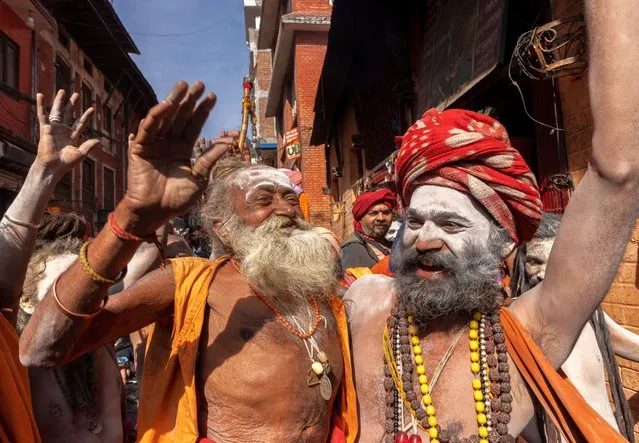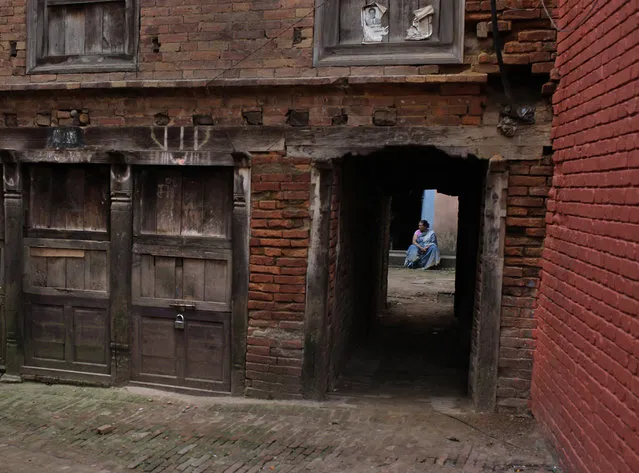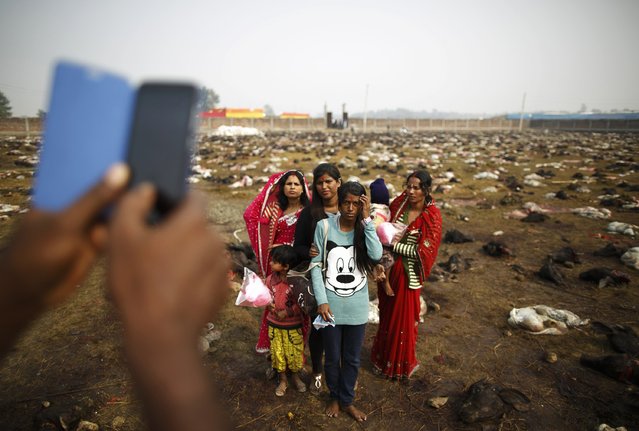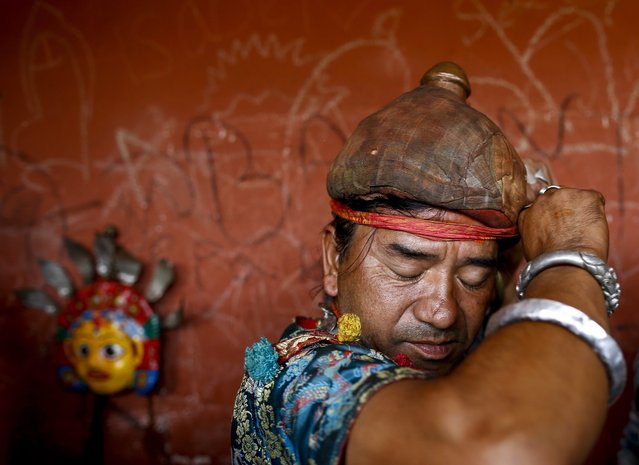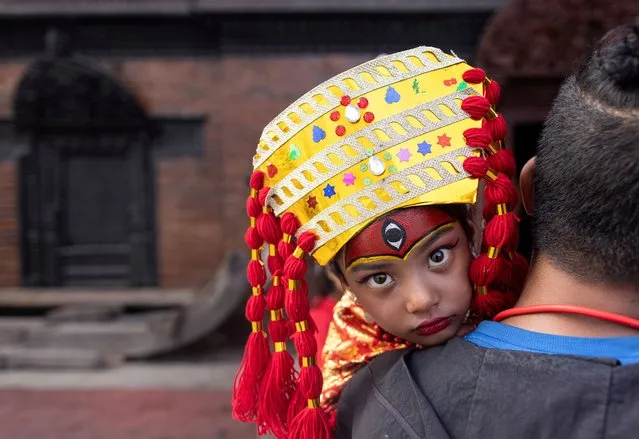
A Nepalese girl in traditional attire takes part in Kumari Puja, a mass worship ceremony for preteen girls, in Kathmandu, Nepal on September 27, 2023. In Nepal, Kumari Puja is the tradition of selecting a Kumari, usually a preadolescent girl, to worship symbolically as a goddess. More than hundred girls under the age of nine from across the country gathered for the mass worship. Performing Kumari Puja for three continuous years is believed to protect the girls from diseases throughout their entire life. (Photo by Narendra Shrestha/EPA/EFE)
07 Oct 2023 04:02:00,post received
0 comments

